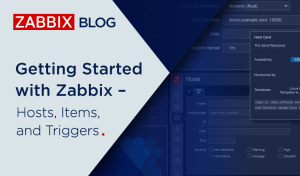
Tag: triggers


Defining flexible problem thresholds with the new trigger syntax by Sergey Simonenko / Zabbix Summit Online 2021
Sergey Simonenko
January 25, 2022
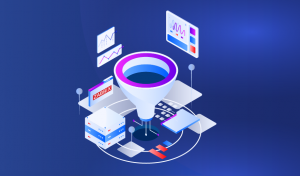
Combining preprocessing with storing only trend data for high-frequency monitoring
Arturs Lontons
November 4, 2021
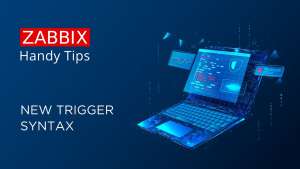
Handy Tips #3: 6 ways how the new expression syntax simplifies the life of Zabbix administrators
Marina Generalova
August 31, 2021
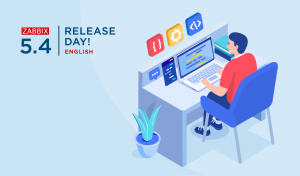
Triggers, calculated and aggregated items in Zabbix 5.4
Aigars Kadiķis
June 29, 2021

Supercharge Zabbix with powerful insights
alexk
February 18, 2021
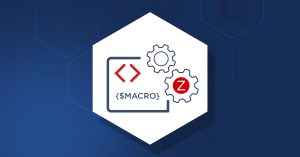
Context Macro Support in Zabbix
Dmitry Lambert
October 15, 2019
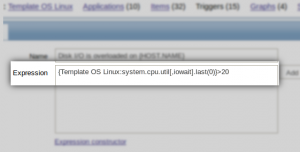
No more flapping. Define triggers the smart way.
Alexei Vladishev
May 27, 2013
A workaround for trigger based maintenance
volter
August 17, 2012